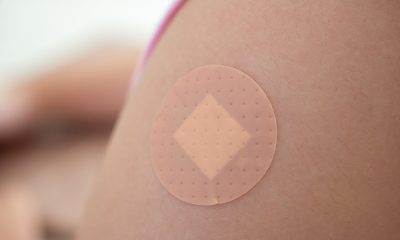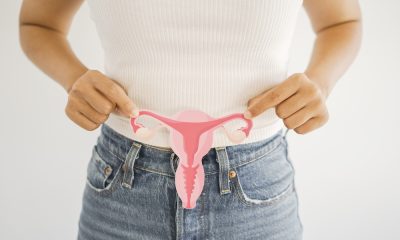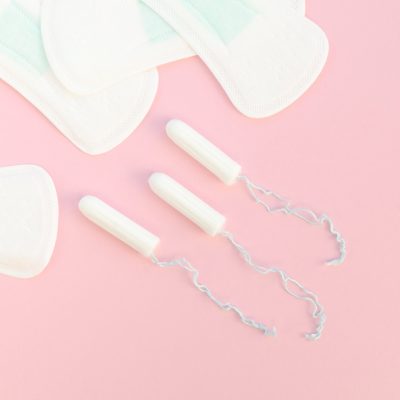News
Major US insurer to expand access to fertility services

The healthcare company Aetna has become the first major US insurer to introduce intrauterine insemination (IUI) as a medical benefit for eligible plans.
Aetna, a CVS Health business, serves an estimated 36 million people with information and resources to help them make better informed decisions about their healthcare.
The company offers a range of health insurance products and related services, including medical, pharmacy and behavioural health plans, and medical management capabilities, Medicaid healthcare management services and workers’ compensation administrative services.
Cathy Moffitt, senior vice president and Aetna chief medical officer, CVS Health, said: “Expanding IUI coverage is yet another demonstration of Aetna’s commitment to women’s health across all communities, including LGBTQ+ and unpartnered people.
“This industry-leading policy change is a stake in the ground, reflecting Aetna’s support of all who need to use this benefit as a preliminary step in building their family.”
According to Moffitt, members may access this benefit as a test of fertility and, in some cases, to increase the chances of pregnancy.
The policy change, she said, is hoped to increase access to family-building possibilities, regardless of sexual orientation or partner status.
Kate Steinle, chief clinical officer of FOLX, a nationwide health care provider for the LGBTQ+ community, said: “We know firsthand the barriers people face in accessing needed medical care to start or grow their families.
“As an in-network provider focused on the LGBTQ+ community, we applaud Aetna’s efforts to reduce out-of-pocket costs, so that more people can have the families they dream of – and deserve.”
To receive the Femtech World newsletter, sign up here.
-

 News4 weeks ago
News4 weeks agoAI embryo selection tool wins European approval
-

 News2 weeks ago
News2 weeks agoOpinion: Not ‘just stress’ – How hormonal changes affect women’s brain function
-

 News4 weeks ago
News4 weeks agoTestosterone patch shows promise for menopausal women
-

 Features3 weeks ago
Features3 weeks agoTop 7 drug-free solutions for managing PMS and PMDD in in 2025
-

 Features4 weeks ago
Features4 weeks agoFrom SEO to GEO: How women’s health brands can get found in the age of AI
-

 News4 weeks ago
News4 weeks agoFDA approves new menopause drug to treat hot flashes and night sweats
-

 Insight4 weeks ago
Insight4 weeks agoSpain faces protests over mammogram scandal
-

 News4 weeks ago
News4 weeks agoMost midlife women with menopause symptoms don’t seek care, research finds































